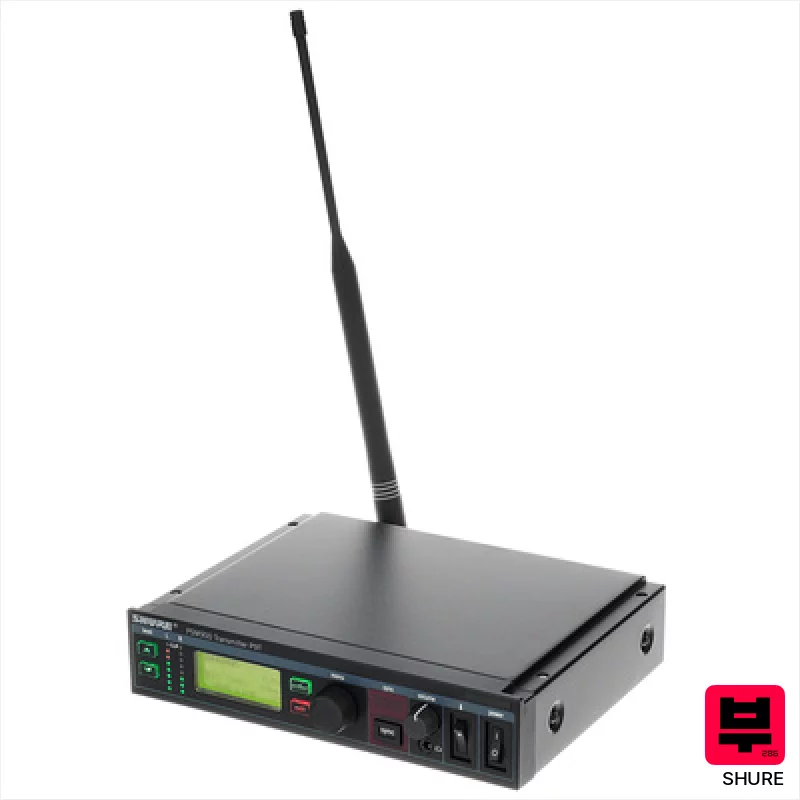Best Shure In-Ear Transmitters 2025
Premium Shure in-ear transmitters - legendary tone and craftsmanship
Last updated: November 5, 2025 • Next update: November 12, 2025

Shure P3T PSM 300 T11
- • Professional reliability
- • Wireless freedom for stage movement
- • Requires technical setup and maintenance
- • Battery management required
Shure P3T PSM 300 T11UHF InEar TransmittersFrequency range: T11 (863-865 MHz)Stereo transmitter with 24-Bit audio...

Shure P3T PSM 300 K3E
- • Wireless freedom for stage movement
- • Professional reliability
- • Requires technical setup and maintenance
- • Range limitations
Shure P3T PSM 300 K3EUHF in-ear transmitterFrequency range: K3E (606 - 630 MHz)Stereo transmitter with 24 bit audio...

Shure P9T PSM 900 G7E
- • Essential for professional stage monitoring
- • Multiple channel capability
- • Expensive for multiple channels
- • Battery management required
Shure P9T PSM 900 G7EWireless In Ear TransmitterFrequency range: G7E (506-542 MHz)Improved scan and sync mode to search...

Shure P3T PSM 300 S8
- • Individual mix control for each performer
- • Wireless freedom for stage movement
- • Expensive for multiple channels
- • Requires technical setup and maintenance
Shure P3T PSM 300 S8UHF InEar TransmittersFrequency range: S8 (823-832 MHz)Stereo transmitter with 24-Bit audio...

Shure P9T PSM 900 G6E
- • Essential for professional stage monitoring
- • Professional reliability
- • Range limitations
- • Requires technical setup and maintenance
Shure P9T PSM 900 G6EWireless In-Ear TransmitterFrequency range: G6E (470 - 506 MHz)Improved scan and sync mode to...
How to Choose the Best In-Ear Transmitters
Budget Planning
- • Under $200: Entry-level
- • $200-$500: Intermediate
- • $500-$1000: Advanced
- • $1000+: Professional
Quality Check
- • Sound clarity & tone
- • Build materials & finish
- • Hardware durability
- • Overall craftsmanship
Key Features
- • Your musical style
- • Skill level match
- • Intended use case
- • Brand reputation
